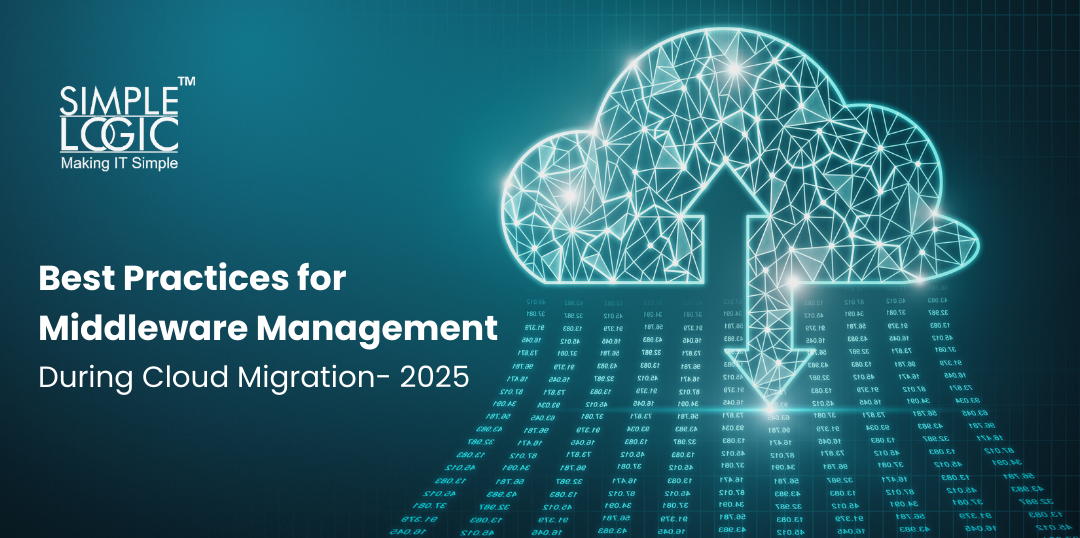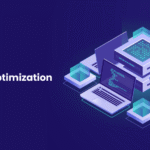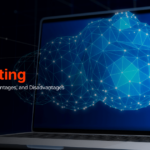Cloud migration has shifted from being a simple “technology upgrade” to becoming a business survival strategy in 2025. Every organisation—whether in retail, finance, healthcare, or manufacturing—relies on middleware, the essential layer that connects applications, databases, and services. Middleware plays a crucial role in ensuring that business-critical workflows continue to operate smoothly during migration.
However, many organisations underestimate the importance of middleware. Gartner reports that over 62% of migration projects experience delays due to middleware-related issues, ranging from integration failures to compliance risks. These challenges highlight why businesses must prioritise the Best Practices for Middleware Management during Cloud Migration 2025 to avoid costly setbacks.
Table of Contents
- What Is Middleware and Why Does It Matter in Cloud Migration?
- Common Pain Points in Middleware Management During Migration
- Why Middleware Management Is Different in 2025
- Best Practices for Middleware Management During Cloud Migration 2025
- Gartner and Industry Research Insights
- How Simple Logic Supports Middleware Management During Migration
- Case Study Example
- FAQs on Middleware Management During Cloud Migration
- Conclusion

What Is Middleware and Why Does It Matter in Cloud Migration?
Middleware acts as a bridge between applications, databases, and user interfaces. It ensures that applications can communicate efficiently, regardless of where they are hosted. In cloud migration, middleware plays a pivotal role in:
- Maintaining consistency across hybrid and multi-cloud systems.
- Reducing downtime during workload transfers.
- Securing data flows with encryption and compliance safeguards.
- Supporting scalability, allowing applications to perform even under heavy demand.
Without middleware management, migrations can lead to application breakdowns, compliance risks, and performance degradation.
Common Pain Points in Middleware Management During Migration
- Downtime Risks – Middleware misconfigurations lead to outages, costing revenue and damaging customer trust.
- Integration Failures – Legacy middleware often struggles with modern APIs, creating gaps in application performance.
- Escalating Costs – Middleware inefficiencies consume unnecessary cloud resources, inflating monthly bills.
- Security Vulnerabilities – Unpatched middleware can expose sensitive business data.
- Skills Shortages – Few IT teams have hands-on experience with large-scale middleware migration.
- Performance Drops – Applications often slow down post-migration if middleware is not tuned for cloud environments.
Why Middleware Management Is Different in 2025
- AI-Driven Workloads – Require real-time, high-performance middleware.
- Edge Computing – Increases dependency on middleware for syncing distributed systems.
- Stricter Compliance Rules – Frameworks like GDPR and HIPAA demand middleware-level security.
- Multi-Cloud Adoption – IDC reports 80% of enterprises now use multiple cloud providers.
Best Practices for Middleware Management During Cloud Migration 2025
Planning and Assessment
- Conduct a comprehensive middleware inventory before migration.
- Map all dependencies—applications, databases, and workflows.
- Prioritise business-critical processes to minimise disruption.
Choosing the Right Middleware for Cloud
- Select cloud-native middleware (container-ready, microservices compatible).
- Verify multi-cloud and hybrid compatibility.
- Assess licensing models for cost efficiency.
| Middleware Type | Legacy Use | Cloud-Ready Alternative |
|---|---|---|
| On-prem ESB | System integration | API Gateway / iPaaS |
| Application Server | Hosting apps | Kubernetes-based middleware |
| Messaging Queue | Data transport | Kafka / RabbitMQ (cloud-managed) |
Security and Compliance
- Encrypt all middleware communication channels (TLS/HTTPS).
- Apply Zero Trust principles.
- Regularly patch vulnerabilities.
- Ensure compliance with ISO 27001, SOC 2, and GDPR.
Performance Monitoring and Optimisation
- Deploy APM tools to track middleware latency.
- Monitor API throughput.
- Adjust resources dynamically to avoid overprovisioning.
Automation and Orchestration
- Use Infrastructure as Code (IaC).
- Automate scaling to handle unpredictable workloads.
- Integrate middleware upgrades into CI/CD pipelines.
Hybrid and Multi-Cloud Considerations
- Adopt middleware that supports multiple cloud providers.
- Ensure data consistency across regions.
- Mitigate vendor lock-in with open-source middleware.
Cost Management and Governance
- Apply FinOps practices to track usage.
- Eliminate redundant middleware layers.
- Enforce governance policies for provisioning.
Testing and Continuous Validation
- Run pre-migration stress tests.
- Validate failover and disaster recovery scenarios.
- Continuously monitor middleware post-migration.
Gartner and Industry Research Insights
- Gartner (2024): Middleware mismanagement ranks among the top three causes of migration delays.
- IDC (2024): Middleware inefficiencies contribute up to 40% of migration costs.
- Forrester (2025): Cloud-native middleware reduces migration times by 35%.
How Simple Logic Supports Middleware Management During Migration
- Middleware Discovery & Assessment
- Custom Migration Roadmaps
- Performance Optimisation
- Security & Compliance
- 24/7 Middleware Managed Services
FAQs on Middleware Management During Cloud Migration
Q1: Why is middleware so critical in cloud migration?
Because it connects applications and data flows—without it, integrations fail.
Q2: What’s the biggest middleware mistake companies make?
Underestimating dependencies between applications and middleware.
Q3: Can middleware migration be automated?
Yes, using IaC and DevOps pipelines.
Q4: How does Simple Logic add value?
By combining technical expertise with proven frameworks for risk-free migration.
Q5: Can poor middleware management increase costs?
Yes, inefficiencies often inflate cloud billing by 20–30%.
Conclusion
Migrating to the cloud without addressing middleware can lead to integration failures, performance issues, and rising costs. By following the Best Practices for Middleware Management During Cloud Migration – 2025, organisations can overcome challenges such as downtime, compliance risks, and scalability limitations. From thorough planning and security to automation and ongoing optimisation, effective middleware management is the key to achieving a smooth, future-ready cloud journey.
As businesses continue to embrace digital transformation, prioritising cloud middleware optimisation ensures not just stability but long-term growth.
At Simple Logic, we bring the right expertise, tools, and strategies to make your middleware migration seamless and future-ready.




